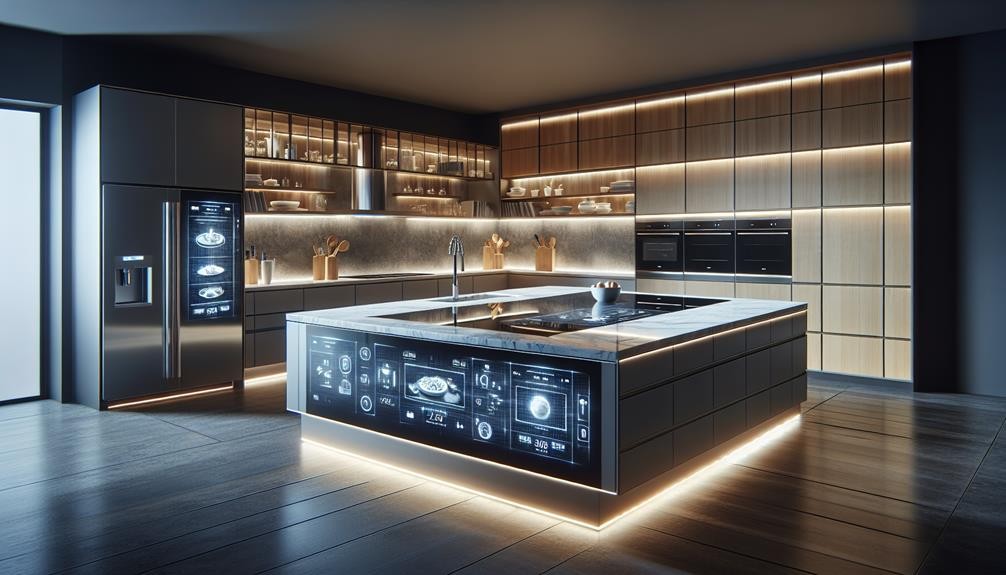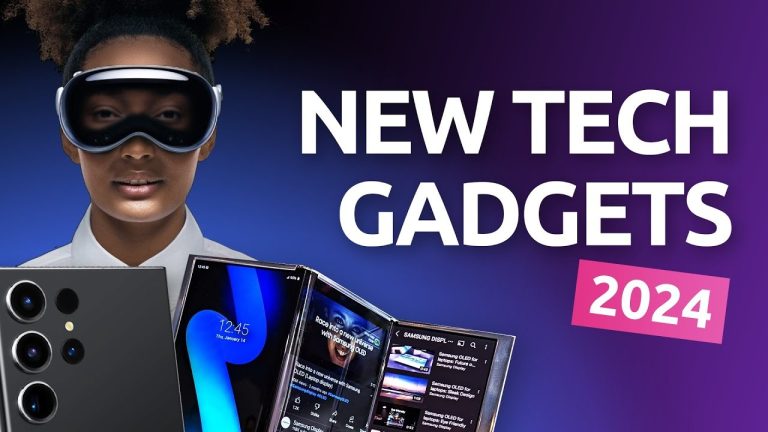Tech-Enabled Kitchens: Are They Worth the Cost ?
The modern kitchen is no longer just a space for cooking; it’s rapidly evolving into a technological hub, brimming with interconnected appliances and intelligent systems designed to streamline culinary tasks and enhance our daily lives. This transformation has given rise to the “tech-enabled kitchen,” a concept that promises unprecedented convenience, efficiency, and even healthier living. However, with cutting-edge technology often comes a significant price tag, leading many homeowners to ponder a crucial question: are these sophisticated, tech-enabled kitchens truly worth the considerable investment?
At its core, a tech-enabled kitchen integrates smart appliances and devices that can communicate with each other and with the user, often via a central hub or smartphone application. This can include everything from smart refrigerators with internal cameras and inventory management, to ovens that can be preheated remotely, dishwashers that optimize water usage, and intelligent faucets that dispense precise measurements of water at specific temperatures. The overarching goal is to automate mundane tasks, reduce guesswork, and offer a more intuitive and enjoyable cooking experience.
One of the most compelling arguments for the tech-enabled kitchen centers on **convenience and time savings**. Imagine the ability to preheat your oven on your way home from work, ensuring it’s ready the moment you walk through the door. A smart refrigerator can track expiration dates, suggest recipes based on available ingredients, and even automatically add items to your grocery list when supplies run low. Smart coffee makers can brew your morning coffee just as you wake up. These small, daily efficiencies accumulate, freeing up valuable time for other activities and reducing the mental load associated with meal planning and preparation. For busy professionals or families juggling multiple schedules, this level of automation can feel like a genuine luxury.
Beyond convenience, many smart kitchen technologies are designed with **efficiency and sustainability** in mind. Smart ovens and induction cooktops, for example, often boast superior energy efficiency compared to their traditional counterparts, precisely controlling temperature and reducing wasted heat. Smart dishwashers can optimize water and energy consumption based on load size and soil levels. Refrigerators with advanced cooling systems and inventory tracking can help reduce food waste by alerting users to expiring items, encouraging timely consumption. These features can translate into tangible savings on utility bills over the long term, offering a financial return on the initial investment, albeit one that might take several years to fully materialize.
Furthermore, a tech-enabled kitchen can significantly **enhance safety and food standards**. Features like automatic shut-off functions on smart cooktops and ovens can prevent accidents if a burner is left on or a pot boils over. Remote monitoring capabilities allow users to check if appliances are off even when they’re away from home. Smart thermometers can ensure meats are cooked to safe internal temperatures, while integrated scales and precise measurement tools can contribute to more consistent and healthier cooking results. For those who prioritize peace of mind and precision in their culinary endeavors, these safety and quality assurances are invaluable.
However, the question of whether a tech-enabled kitchen is “worth the cost” is deeply personal and dependent on individual circumstances and priorities. The **initial investment** can be substantial. A fully integrated smart kitchen setup, encompassing major appliances like refrigerators, ovens, and dishwashers, along with smaller gadgets and the necessary connectivity infrastructure, can easily exceed $20,000, and for high-end brands, it can reach significantly higher. While individual smart gadgets like smart air fryers or kettles might be more affordable, a comprehensive system represents a considerable financial outlay. This upfront cost can be a significant barrier for many households, particularly when older, perfectly functional appliances are still in use.
Another factor to consider is the **complexity and potential for obsolescence**. Tech-enabled kitchens rely heavily on robust Wi-Fi networks and seamless integration between devices from potentially different manufacturers. Setting up and troubleshooting these interconnected systems can be challenging for those who are not particularly tech-savvy. Moreover, like all technology, smart kitchen devices are subject to rapid advancements. A cutting-edge smart oven purchased today might be superseded by a more advanced model with new features in just a few years, leading to concerns about future compatibility, software updates, and the longevity of support from manufacturers. The perceived need to constantly upgrade could offset any long-term savings.
Ultimately, the “worth” of a tech-enabled kitchen boils down to a cost-benefit analysis tailored to one’s lifestyle. For the avid home cook who values precision, efficiency, and a truly streamlined culinary experience, the investment might be entirely justified by the enhanced functionality and enjoyment. For those seeking to reduce food waste and lower energy bills, the long-term savings, while perhaps not immediate, could make a compelling case over time. And for individuals who prioritize convenience above all else, the automation and ease of use offered by these smart systems could easily outweigh the financial outlay.
In conclusion, tech-enabled kitchens are more than just a passing fad; they represent a significant evolution in home living, offering undeniable benefits in convenience, efficiency, safety, and sustainability. However, their considerable upfront cost, coupled with potential complexities and the rapid pace of technological change, necessitates careful consideration. For those who can afford the investment and are keen to embrace the future of home cooking, the tech-enabled kitchen offers a truly transformative experience. For others, a more selective adoption of individual smart appliances that directly address specific needs might be a more pragmatic and cost-effective approach. The true value lies not just in the technology itself, but in how seamlessly it integrates into, and ultimately enhances, the unique rhythm of your home life.







